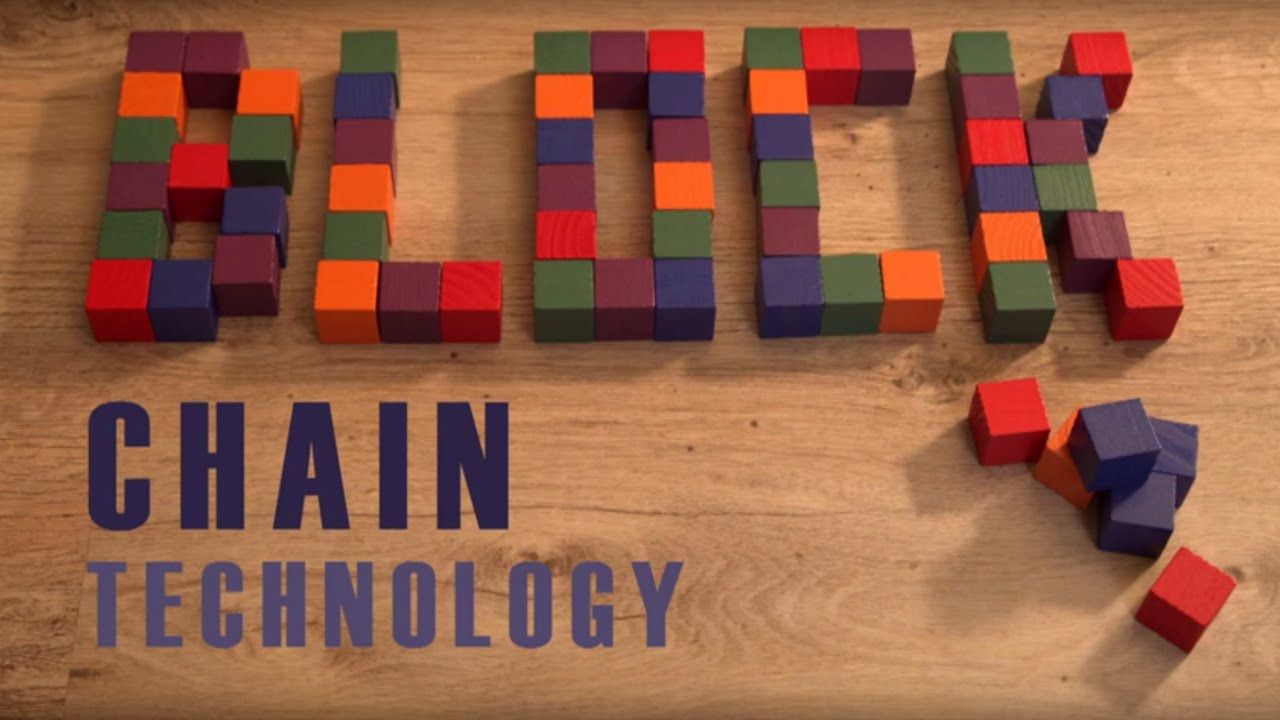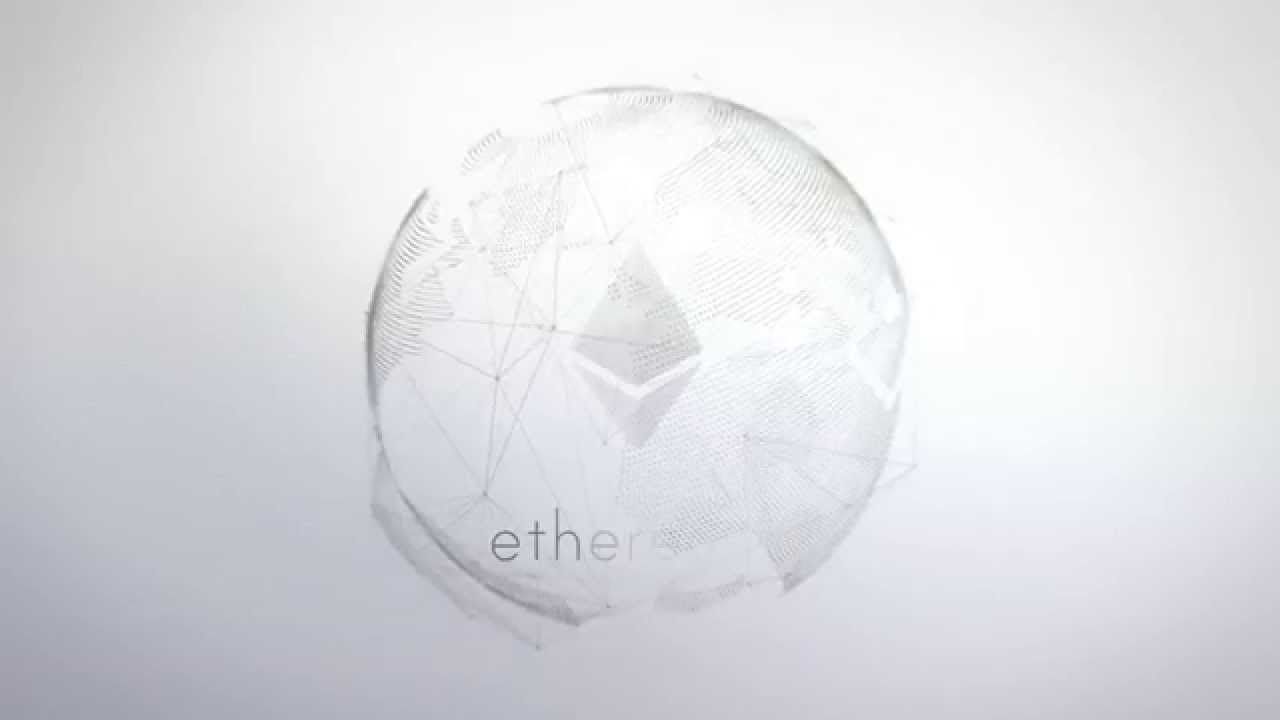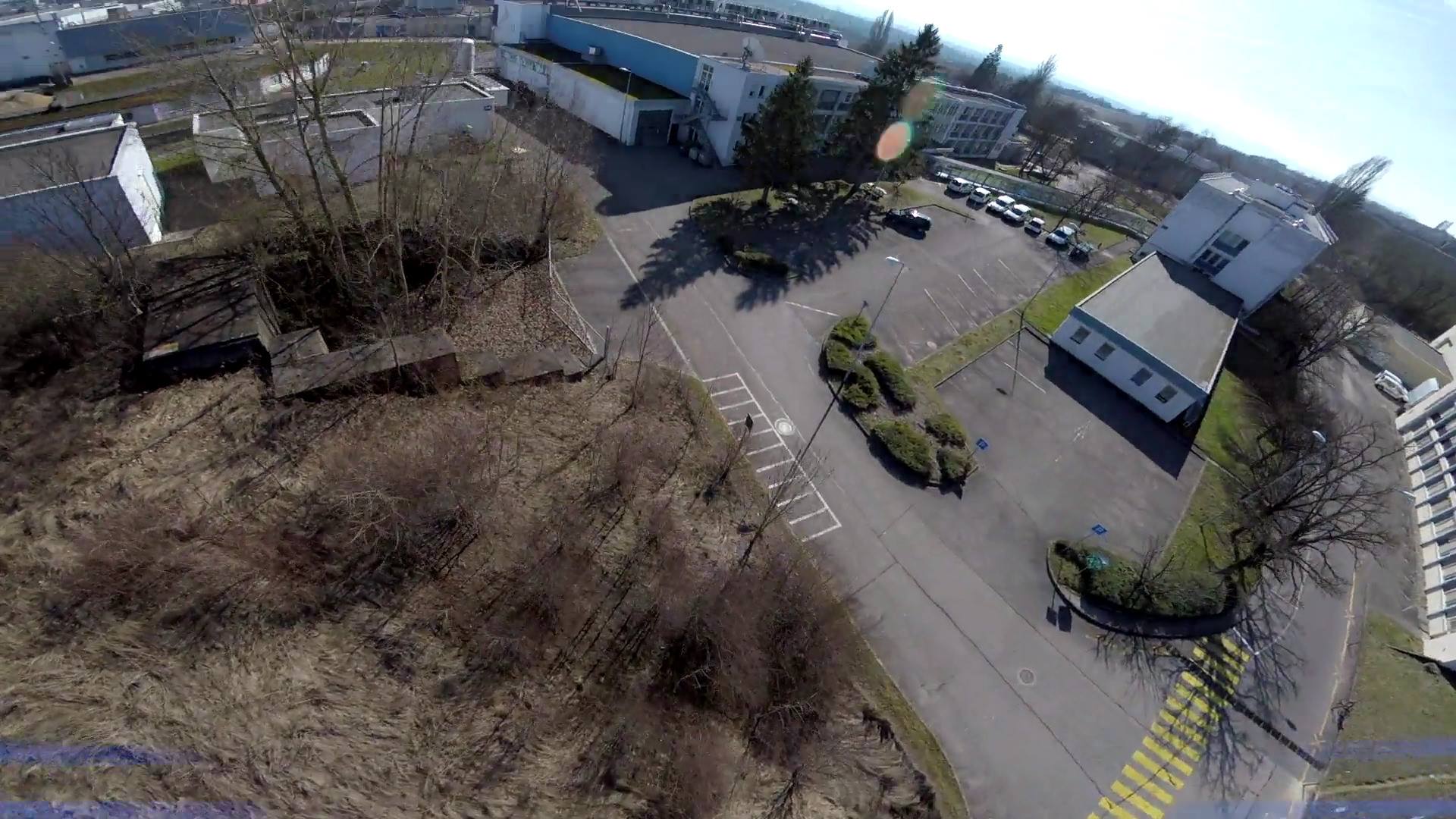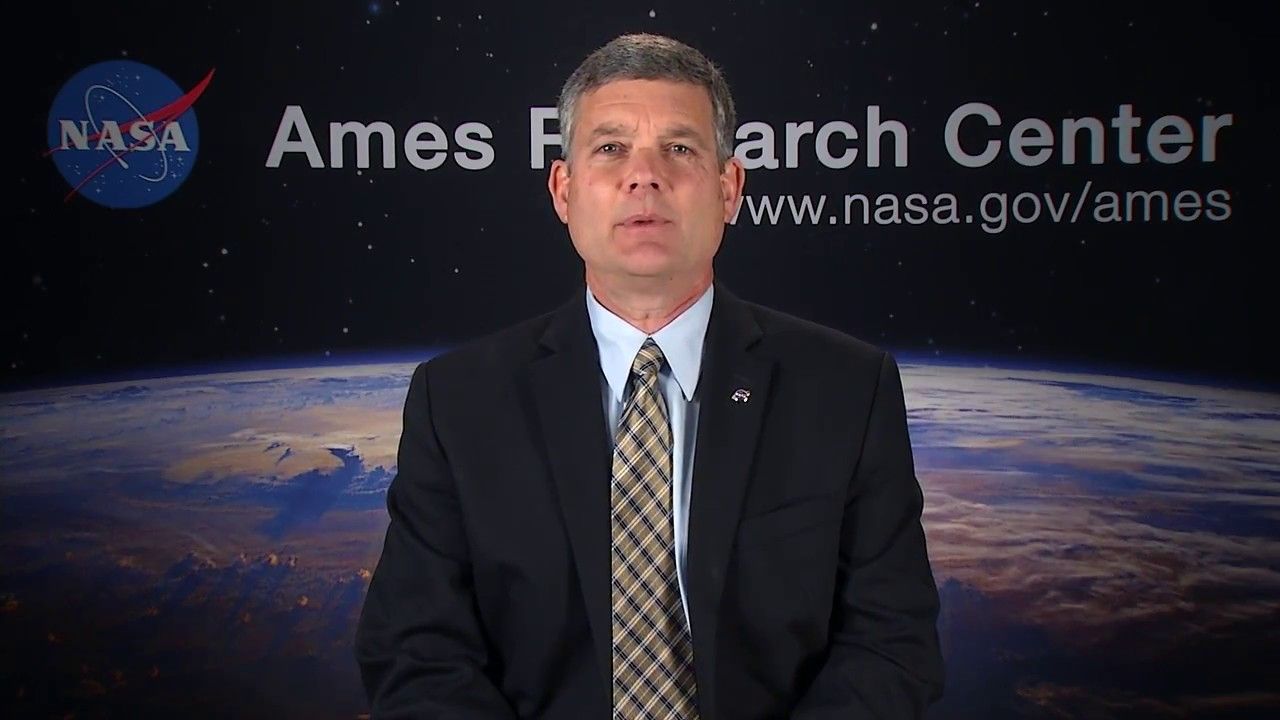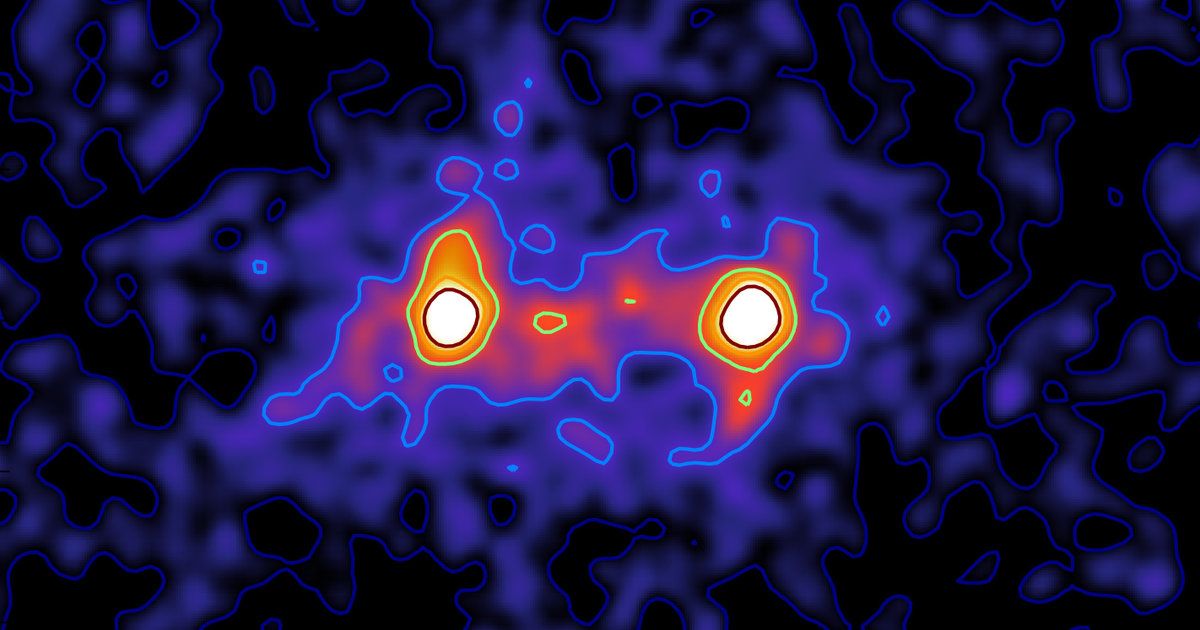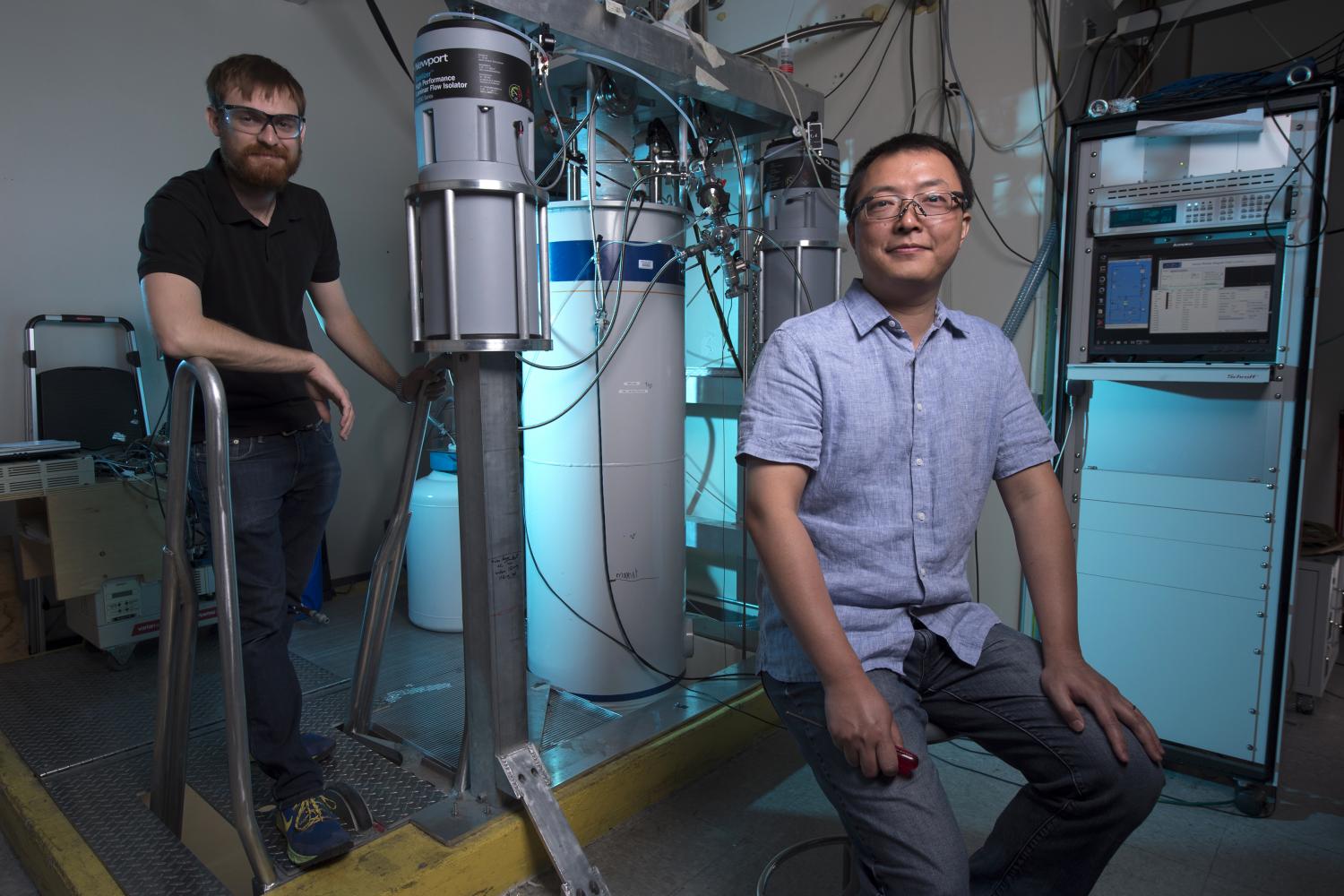On 5th of May, the cornerstone for the construction of a neuromorphic computing facility in Europe was laid at the University of Heidelberg in Germany. With the financial support of the European Union and German public and private institutions, the new building will house leading European researchers working on neuromorphic computing within the Human Brain Project, a FET Flagship of the European Commission.
With this new facility the research team from Heidelberg University, led by Prof. Dr. Karlheinz Meier, will benefit from an optimal environment to continue working on the neuromorphic computing platform, which they are developing together with other research groups within the Human Brain Project.




